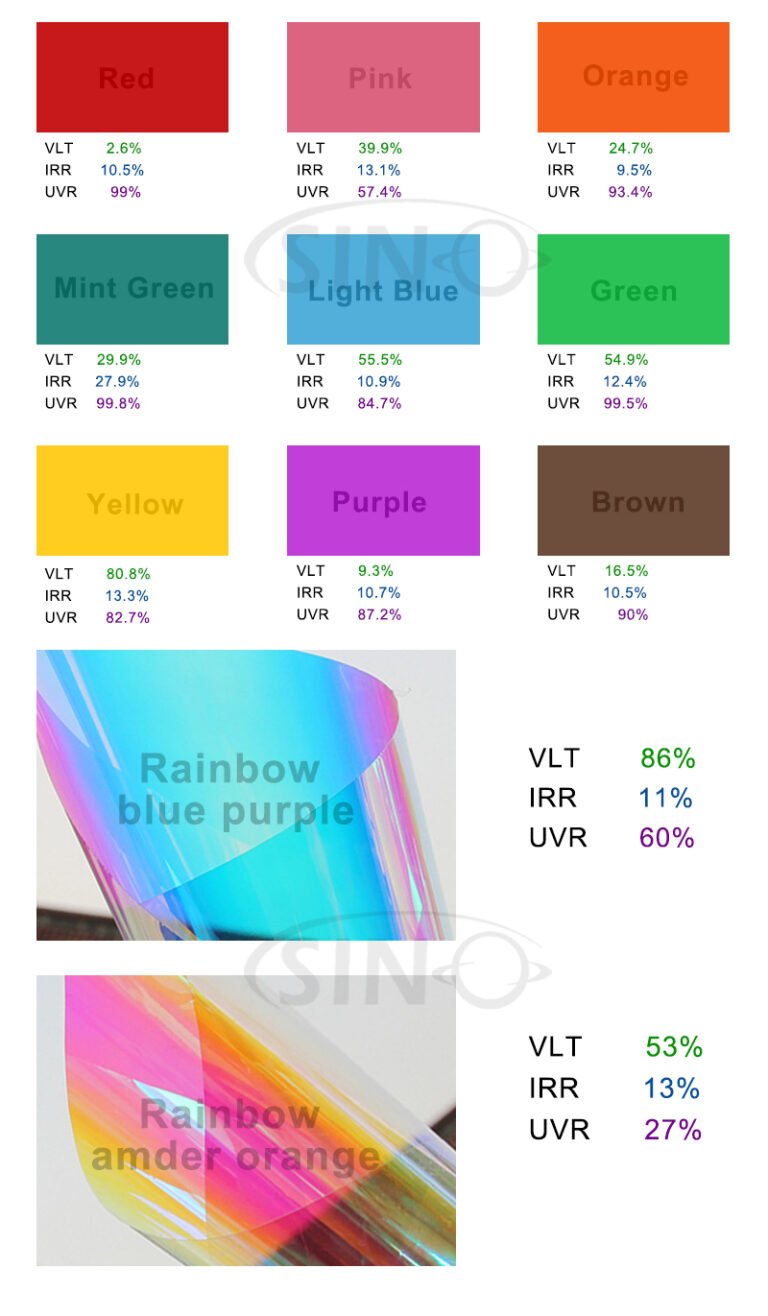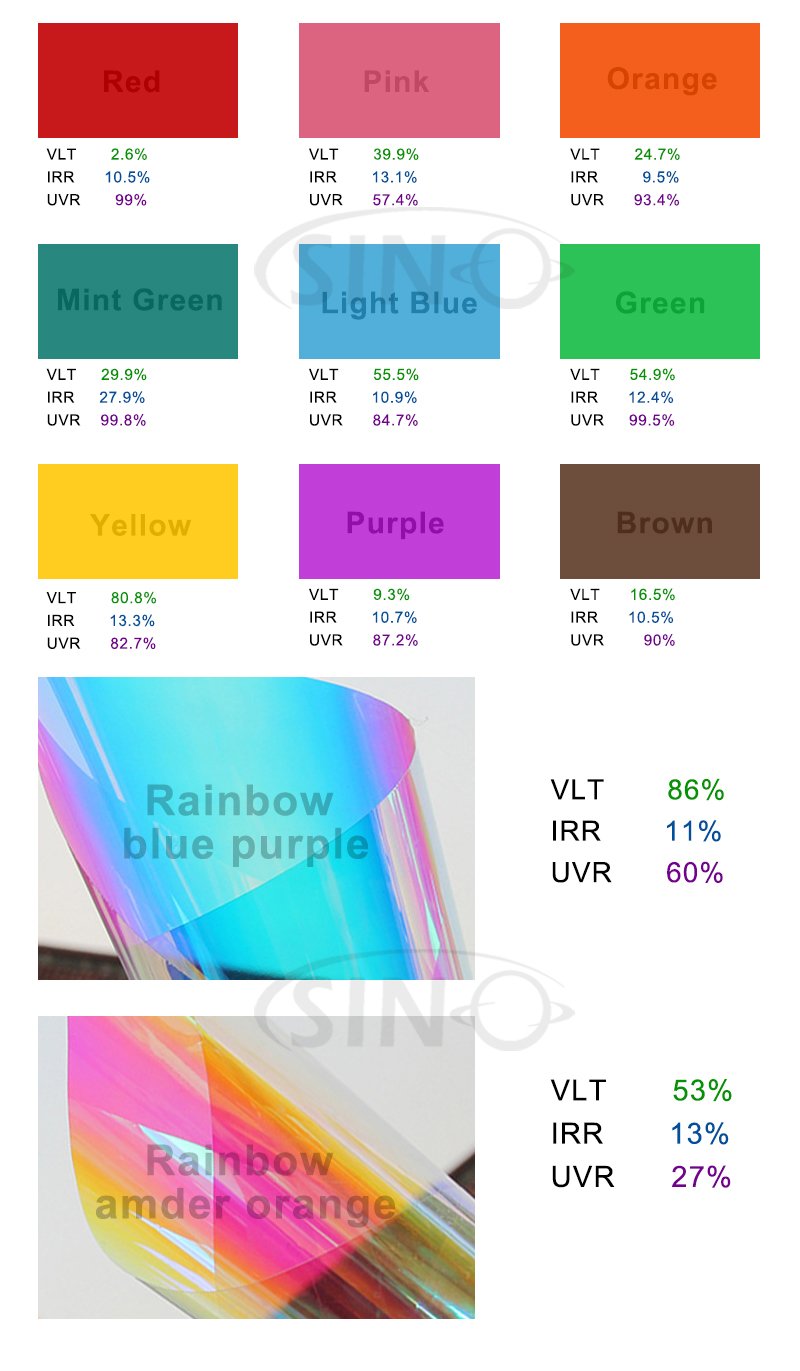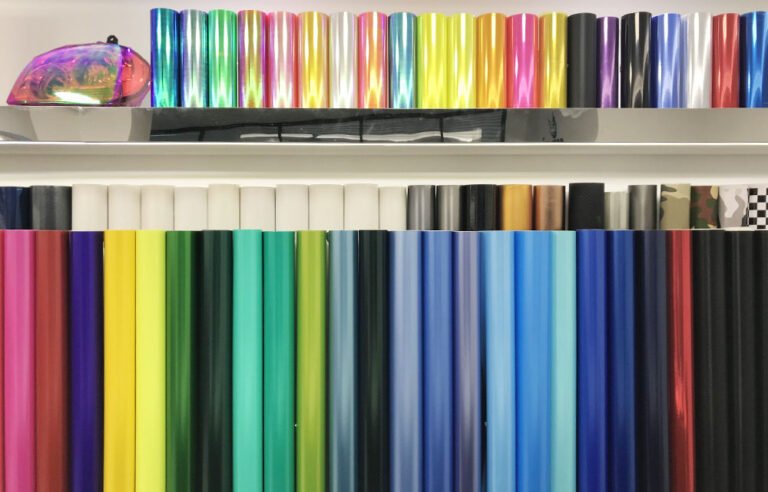Understanding the History of Victorian Stained Glass
The history of Victorian stained glass is a fascinating journey that encompasses both the art and architectural developments of the Victorian era. The Victorian era, spanning from the mid-19th to the early 20th century, was characterized by significant advancements in industrialization, design, and artistic expression. Stained glass, a medium known for its beauty and ability to transmit colored light, flourished during this period.
During the Victorian era, the revival of medieval art and architecture became popular. This movement, known as the Gothic Revival, sought to revive the craftsmanship and artistic techniques of the Middle Ages. Stained glass played a crucial role in this revival, adorning churches, cathedrals, public buildings, and even private residences.
The Victorian stained glass windows were meticulously crafted by skilled artisans and craftsmen. These windows often depicted intricate scenes from religious narratives, biblical stories, heraldic designs, or floral and geometric patterns. The designs were characterized by rich colors, detailed painting, and elaborate leadwork, creating a mesmerizing interplay of light and color.
The development of Victorian stained glass was closely linked to technological advancements in glass production. The invention of sheet glass and the improvements in glass manufacturing techniques allowed for larger and more intricate stained glass panels. Moreover, the availability of a wide range of colored glass, achieved through the addition of metallic oxides during the glass-making process, further expanded the creative possibilities for stained glass artists.
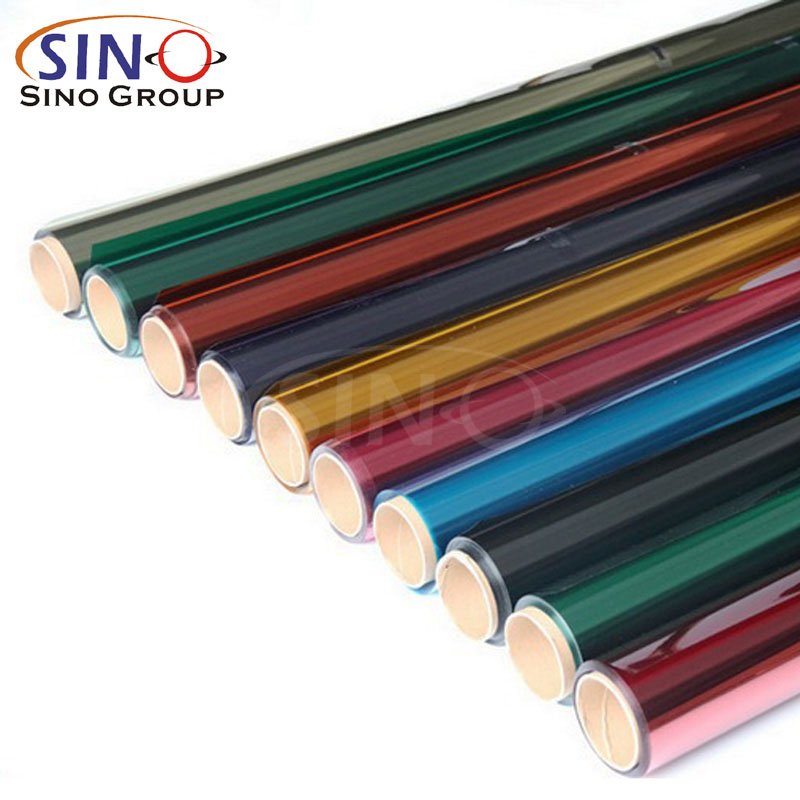
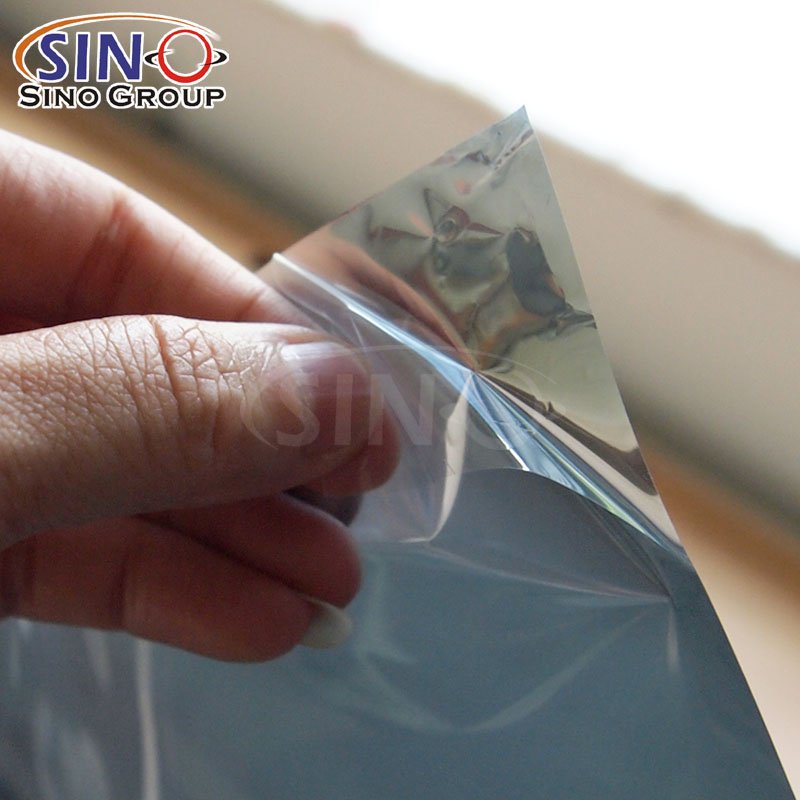
How to Choose the Right Victorian Stained Glass Window Film for Your Home
When choosing the right Victorian stained glass window film for your space, consider the following factors to ensure a perfect fit:
- Purpose and Goals: Determine the purpose of the window film. Are you seeking privacy, decorative enhancement, or both? Clarify your goals to narrow down your options.
- Style and Design: Victorian stained glass window films come in various patterns and designs. Consider the overall aesthetic of your space and choose a film that complements your existing décor or architectural style.
- Color Palette: Pay attention to the color palette of the window film. Select colors that harmonize with your interior design, furniture, and wall colors. Take into account the amount of natural light that enters the space as it may affect the perception of colors.
- Transparency Level: Decide on the desired level of transparency or opacity. Some films provide complete privacy while others allow varying degrees of light to pass through. Consider the function of the room and your preference for natural light.
- Size and Dimensions: Measure your windows accurately to determine the required dimensions for the window film. Ensure that the film is large enough to cover the entire window surface, providing a seamless and professional look.
- Quality and Durability: Look for high-quality films that are durable and long-lasting. Check customer reviews or product specifications to ensure the film is resistant to fading, peeling, and discoloration over time.
By considering these factors and conducting thorough research, you can confidently select the right Victorian stained glass window film that aligns with your style, purpose, and budget, ultimately transforming your space with elegance and charm.
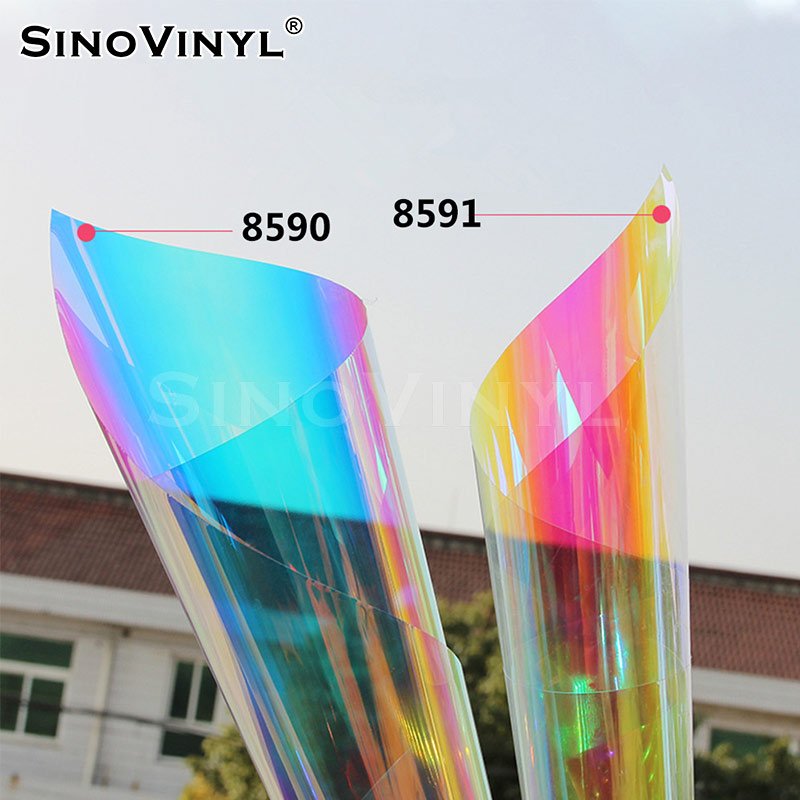
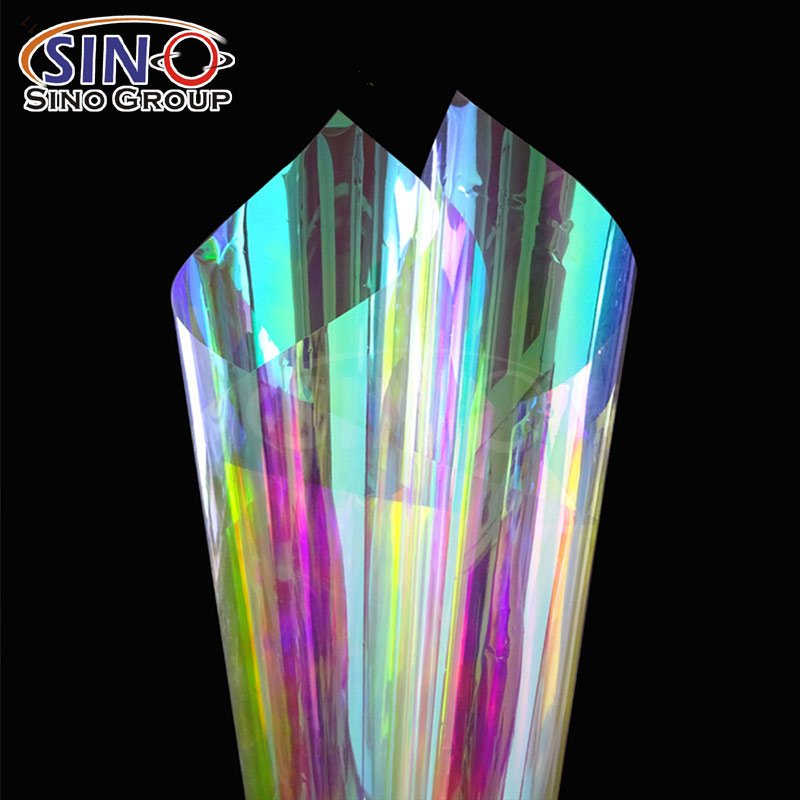
Creative Ways to Incorporate Victorian Stained Glass Window Film in Different Rooms
- Living Room Focal Point: Apply Victorian stained glass window film to a large picture window in the living room. It will create a stunning focal point and enhance the elegance of the space.
- Bathroom Privacy: Use Victorian stained glass window film on bathroom windows to maintain privacy while adding a touch of vintage charm. It allows natural light to filter through while obscuring the view from the outside.
- Kitchen Cabinet Inserts: Transform plain glass cabinet doors in the kitchen by applying Victorian stained glass window film as inserts. It will add a pop of color and pattern, giving your kitchen a unique and stylish look.
- Bedroom Accent: Apply the stained glass window film to a smaller window in the bedroom, such as a sidelight or transom window. It will create a dreamy ambiance and add a touch of romance to the space.
- Home Office Dividers: Use Victorian stained glass window film on glass dividers or partitions in a home office. It creates a sense of separation while maintaining an open and airy feel, enhancing the overall aesthetic of the workspace.
- Entryway Door Inserts: Add a touch of elegance and grandeur to your entryway by applying Victorian stained glass window film to the sidelights or glass inserts in your front door. It creates a welcoming and sophisticated entrance to your home.
Remember to consider the size, placement, and lighting conditions of the room when incorporating Victorian stained glass window film to ensure the best visual impact and overall ambiance.
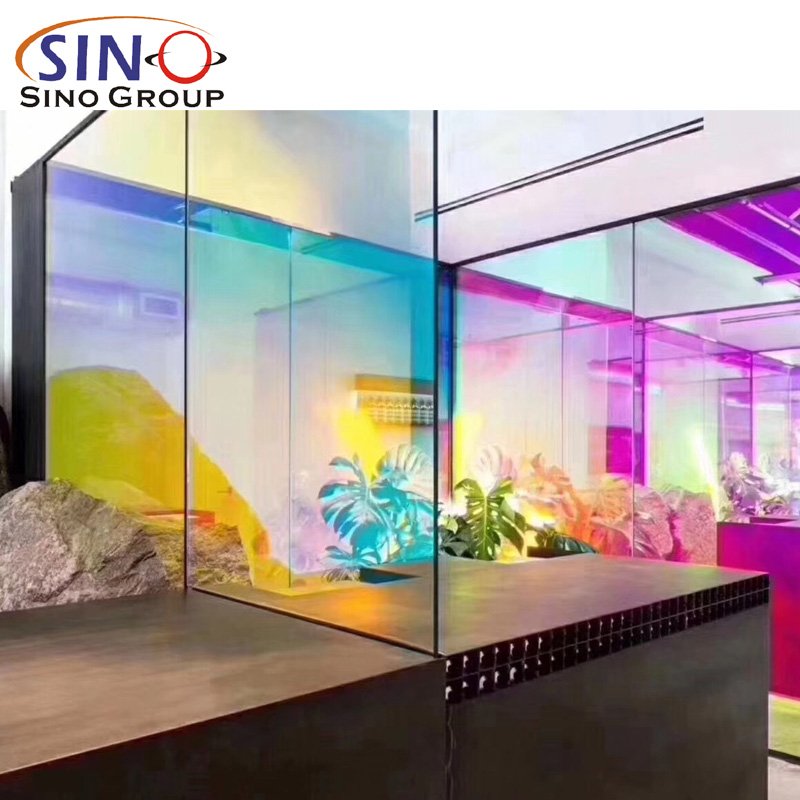
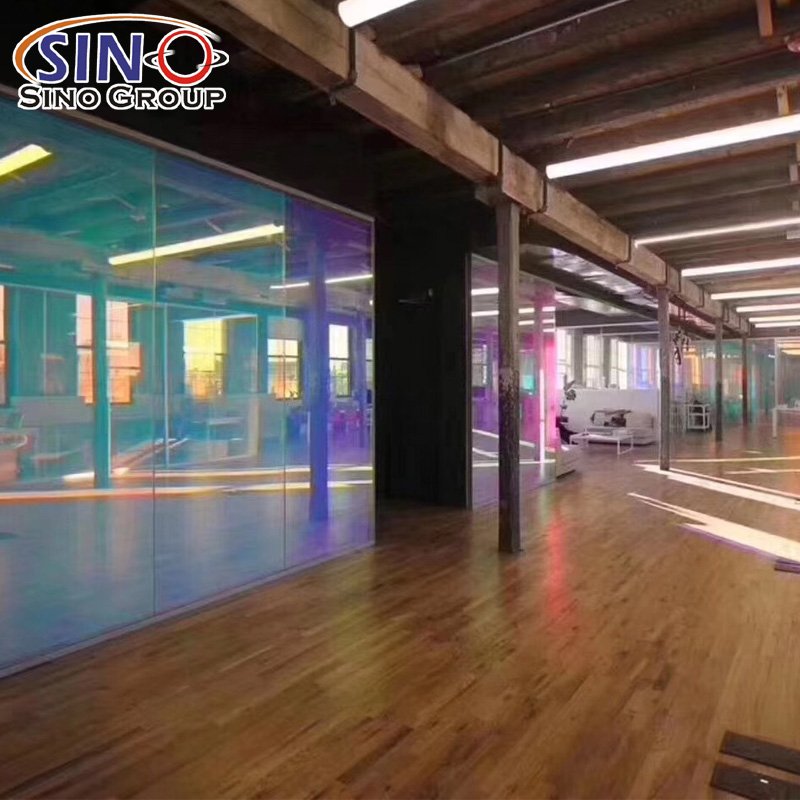
Customizing Victorian Stained Glass Window Film to Match Your Décor
Customizing Victorian Stained Glass Window Film is a wonderful way to ensure that it complements and harmonizes with your existing décor. Here are a few options to consider when customizing the film to match your décor:
- Color Selection: Victorian stained glass window film comes in a variety of colors and shades. Choose colors that align with your existing color palette to create a cohesive look. Consider matching the film’s colors to your furniture, curtains, or other decorative elements in the room.
- Pattern and Design: Explore different patterns and designs available in Victorian stained glass window film. Look for patterns that echo or enhance the patterns found in your décor. For example, if you have floral patterns in your upholstery, you could opt for a stained glass film with similar floral motifs.
- Opacity and Transparency: Determine the level of privacy and light transmission you desire. Some stained glass window films are more opaque, offering greater privacy, while others are more translucent, allowing more natural light to enter the room. Choose the opacity level that aligns with your preferences and the functional requirements of the space.
- Custom Shapes and Sizes: Measure your windows accurately and consider customizing the stained glass window film to fit the specific shapes and sizes of your windows. This ensures a precise and tailored look that seamlessly integrates with your overall décor.
- Layering and Combination: Don’t be afraid to get creative and experiment with layering the stained glass window film. You can combine multiple patterns or even mix stained glass film with other types of window treatments, such as blinds or curtains, to create a unique and dynamic visual effect.
Remember, the key is to personalize the Victorian stained glass window film to reflect your individual style and complement the existing décor in your space. Take your time to explore different options and consult with professionals if needed to achieve the desired customized look.
(Click the picture to get the product)
Final Words
In conclusion, incorporating Victorian stained glass window film into your space can truly transform it into a haven of timeless elegance. By infusing the charm and beauty of this traditional art form, you can add a touch of sophistication and allure to any room. Whether you choose to enhance natural light, create privacy, or simply indulge in the captivating designs, Victorian stained glass window film offers endless possibilities for customization. Embrace the history and artistry of stained glass while seamlessly blending it with your existing décor. Let the light dance through intricate patterns, casting a kaleidoscope of colors and infusing your space with a sense of enchantment. With Victorian stained glass window film, your windows become more than just openings – they become exquisite works of art that elevate your home to a new level of elegance. Embark on this transformative journey and embrace the timeless allure of Victorian stained glass window film today.

